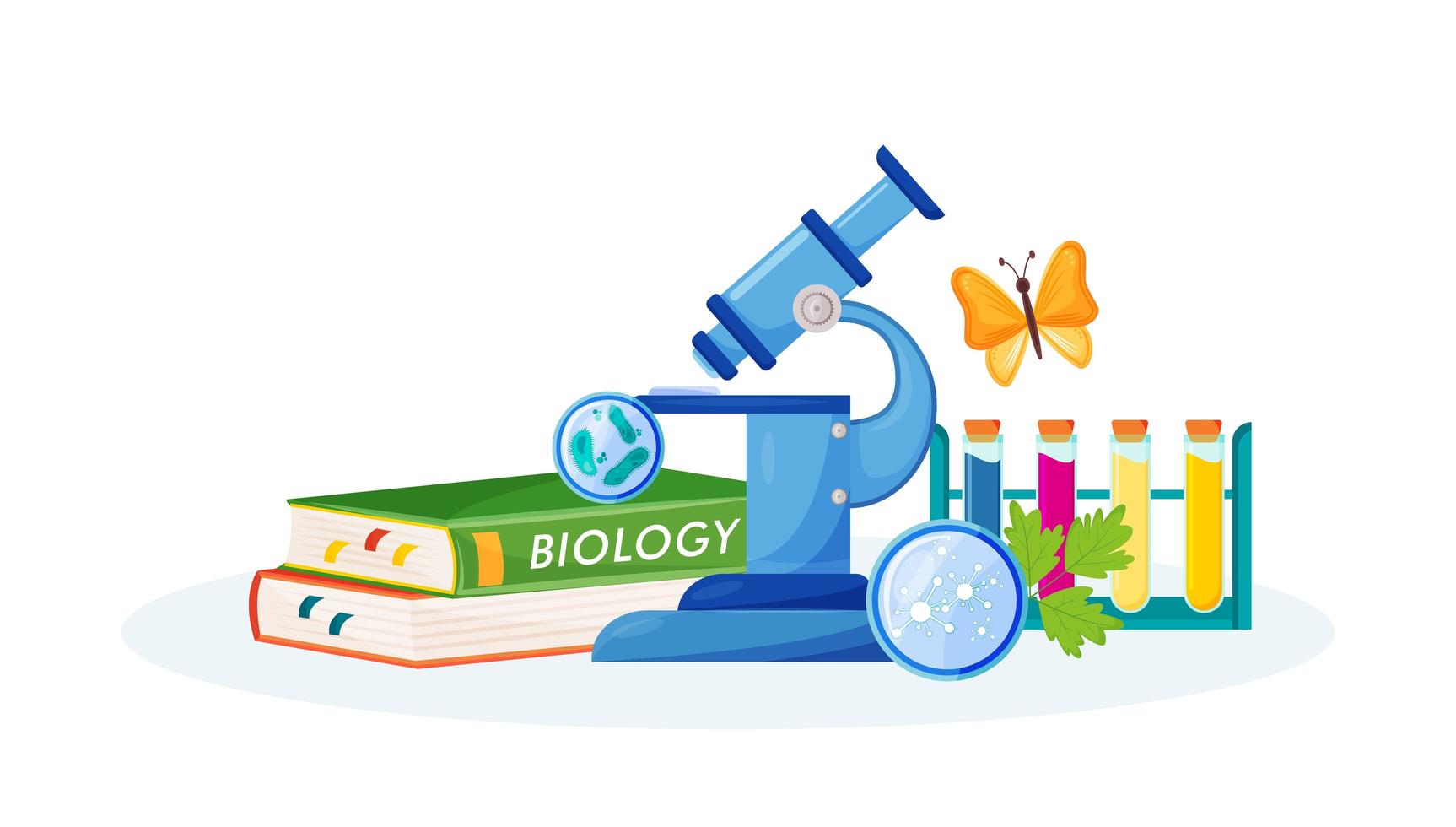Transport of Carbon Dioxide (A-level Biology)
Transport of Carbon Dioxide
Myoglobin
- Myoglobin is a substances that can act as another respiratory pigment. As it is found in muscle, it does not travel in the blood.
- It has more of an affinity for oxygen than haemoglobin. Because of this, it only releases oxygen at a very low partial pressure.
- Myoglobin only has one polypeptide chain and is often found in animals living in aerobic mud.
- Its function is to act as a store of oxygen. This acts to prevent aerobic respiration occurring. The process is outlined below:
- Carbon dioxide diffuses into erythrocytes from the tissues
- The carbon dioxide then reacts with water, producing carbonic acid. This reaction is catalysed by carbonic anhydrase, an enzyme in the cell.
-
- Carbonic acid ionises into H+ and HCO3–
-
- Haemoglobin combines with H+ ions to form haemoglobinic acid (very weak)
-
- Carbonic acid ions diffuse into blood plasma where it is able to be transported to the lungs
-
- Chlorine ions diffuse into the red blood cell from the plasma, counteracting the build up of positive charge from the H+ ions. This is called the chloride shift.
-
- This whole process reverses once the blood reaches the lungs.
-
- Whilst most of the CO2 in the blood is carried this way, a small amount can be combined with haemoglobin to be carried as carbaminohaemoglobin.






Still got a question? Leave a comment
Leave a comment